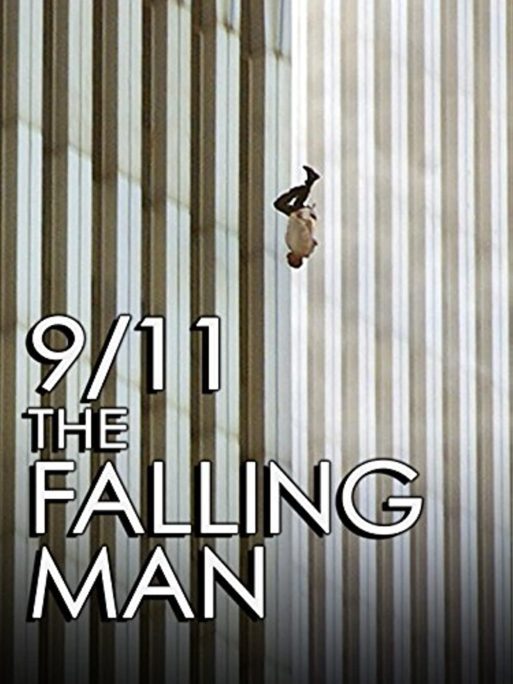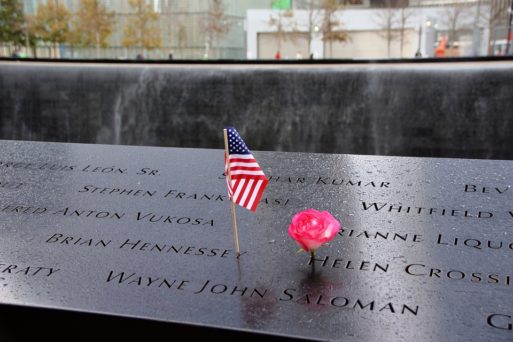 “9/11: The Falling Man” is a documentary film directed by Henry Singer and filmed by Richard Numeroff — a film about an image from that fateful day in 2001. It’s an image largely forgotten, but one that tells the story of hundreds who died, and one that was received by the world with horror on September 12th, 2001.
“9/11: The Falling Man” is a documentary film directed by Henry Singer and filmed by Richard Numeroff — a film about an image from that fateful day in 2001. It’s an image largely forgotten, but one that tells the story of hundreds who died, and one that was received by the world with horror on September 12th, 2001.
The photo, one in a sequence captured by AP photographer Richard Drew, is as powerful an image as I’ve ever seen. Just as powerful as The Burning Monk or Napalm Girl, it’s an image that compels strong reactions among those who see it — anger, sadness, introspection, and, for many, serious reflection on death. It’s quite a disturbing image. It’s a man falling 1,000 feet to his death, and there is something so eerily still, so calm and composed about it that it penetrates straight to the core of the national wound suffered on 9/11.
Why We Wanted to Forget The Falling Man
When the photo was first published, the world shrunk away from it in dread, and the image just disappeared. Nobody wanted to run the picture anymore. The media censored itself, and almost everyone was fine with just forgetting that this man, and hundreds of others like him, chose to die in a way that cut deeply into our cultural beliefs about death. It was an almost unbearable reality, especially since the event itself had come to embody the American spirit: America was united, the world was with us, and we were heroes who never give up. The Falling Man was almost forgotten.
Director Henry Singer explores the uncovering of The Falling Man’s identity with incredible impact and compassion, and in doing so, is able to show how giving a name to this unknown soul that many of us would rather just forget serves us, and how important it is that we face notions about death that make us uncomfortable.

“The Falling Man” is a must-watch film. It is not just the story of one man, but the story of many. And it’s also, I believe, a story about resilience and ultimately choosing not to die powerlessly. It’s naturally thought-provoking, and you’ll probably need some tissue (and you might not want to let the young kids watch), but it’s 80 minutes that’ll change you a little bit. Keep in mind, it is filled with triggering images and video, so if you’re especially traumatized from the events depicted, I recommend you avoid it, or watch it with a safe and trusted person who you can talk to about what you’re feeling and experiencing.

 “9/11 The Falling Man” by Henry Singer (2006)
“9/11 The Falling Man” by Henry Singer (2006)


 “Help Me, Helen”
“Help Me, Helen”
 Recovering Cremation Remains After the Los Angeles Fires
Recovering Cremation Remains After the Los Angeles Fires
 “As Tears Go By” by Marianne Faithfull
“As Tears Go By” by Marianne Faithfull














